The 3 Causes of Chronic Fatigue and How to Fix It

It’s simple. Your fatigue has only 3 causes.
Chronic fatigue has been shrouded in mystery and considered unexplainable. It has been difficult for doctors, researchers, and patients to understand exactly why it happens.
However I am going to submit that at its foundation, chronic fatigue is actually very simple.
Fatigue is an energy problem
It’s all about energy. You should have energy like a normal person but you don’t. Why?
We’re going to look at the 3 simple causes why fatigue happens with plenty of research showing us the common culprits.
Not just that. I’m going to show you practical steps of how to fix chronic fatigue.
Here's cause number one.
1. High Energy Demand

There is something happening in your body that is placing an abnormally high energy demand on you.
Two thirds of your energy is used to support your body's basic functions like digestion, vision, thinking, heartbeat, and breathing. This leaves only one third extra for doing things like grocery shopping or going on a bike ride. Therefore, it doesn’t take much to start infringing on that extra one third.
First, we need to identify the factors that put an abnormally high energy demand on your body. There are three major factors:
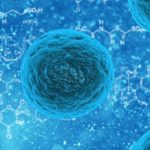 A.) Autoimmune diseases
A.) Autoimmune diseases
The immune system is a very heavy energy user. Normally this isn't a problem because it's just taking care of the typical foreign substances that we encounter. However, when you add on to that the immune system also attacking yourself like is the case with an autoimmune disease, it begins using a lot more energy and starts infringing on that extra third you need to do life!
Therefore, any autoimmune disease can be the direct culprit of fatigue. On top of that, several autoimmune diseases specifically hurt the areas of the body which are key to energy production and energy regulation.
For instance with rheumatoid arthritis, the areas that produce red blood cells like the bone marrow can be damaged causing anemia.
With hypothyroidism, the thyroid (which is responsible regulating metabolism and thus energy use) gets damaged making extra energy scarce. Also, thyroid hormones are necessary for one of the main steps in cellular energy production called the Krebs' cycle, putting a greater damper on things.
With multiple sclerosis (MS) there is nerve damage. The nerves are necessary for the flow of energy and therefore can result in fatigue.
So you can see how autoimmune diseases can easily cause fatigue.
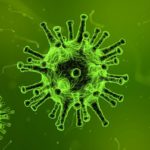 B.) Infections
B.) Infections
When you are sick with the cold or flu, how do you feel? Zapped. That's because infections can hijack your energy. Not only do infections take lots of energy via the immune system fighting it, but they also damage the body's ability to produce energy. (I will get to that later.) Chronic infections are huge energy consumers which is why chronic infections can be your sole cause of chronic fatigue.
What infections are we talking about? Here are several different kinds of infections that have been shown to cause fatigue:
- Viral: Epstein-Barr virus1, cytomegalovirus2, human herpes virus 63 (This is not a comprehensive list of the viral infections that can cause fatigue.)
- Lyme4
- Mold5
- Heavy metals
 C.) Stress
C.) Stress
After coming home from a high stress day, how do you feel? Wiped out and like vegging out in front of the TV. This is because stress can quickly burn up nutrients that are necessary for energy. Many people live a life based on stress. This places a very high demand on the body leaving very little wiggle room for any other energy needs. Add an infection or autoimmune disease to this formula and it can push you over the edge into chronic fatigue and keep you there.
What to do?
You need to find out if you have anything causing the high energy demand.
Do you…
- have an autoimmune disease?
- have an infection?
- get stressed often?
If you're not sure, it may be worth looking into the possibility of these factors.
2. Low Energy Supply
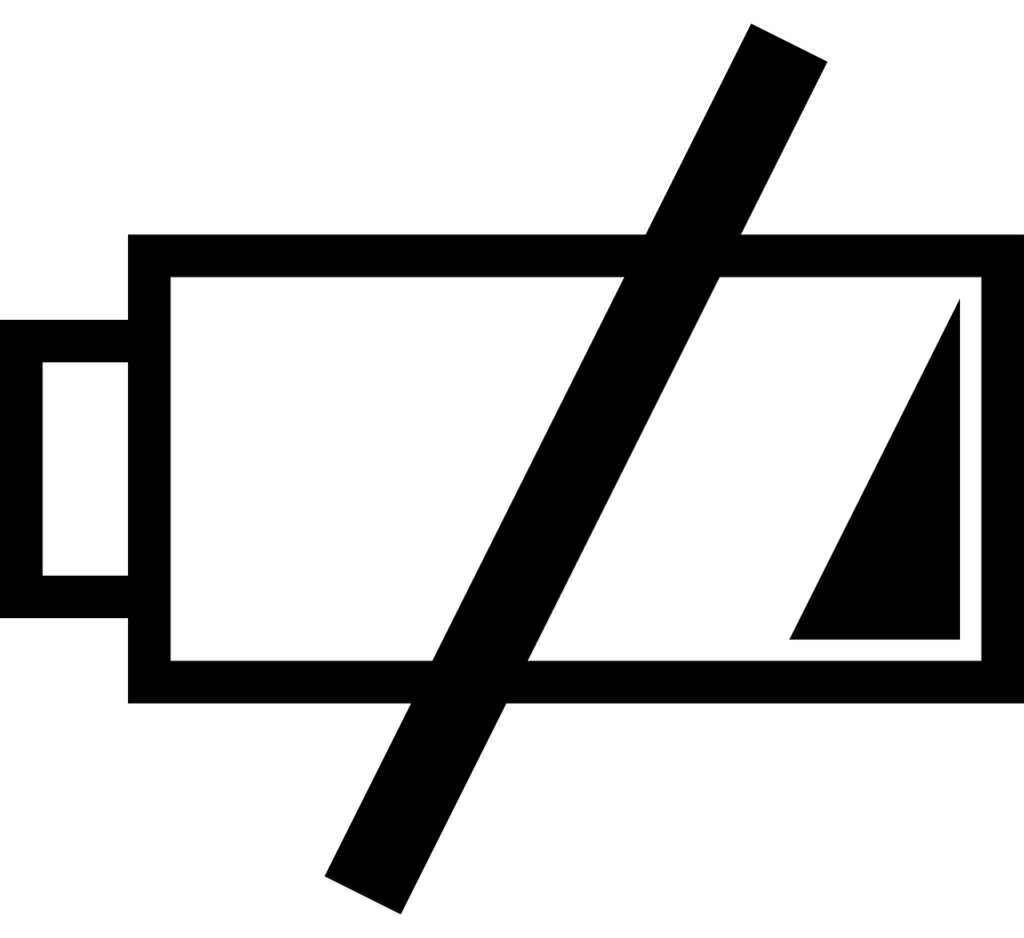
Where does energy comes from? Food? Yes. But how does that food actually become energy in your body? The answer is mitochondria, the energy producing component of every cell.
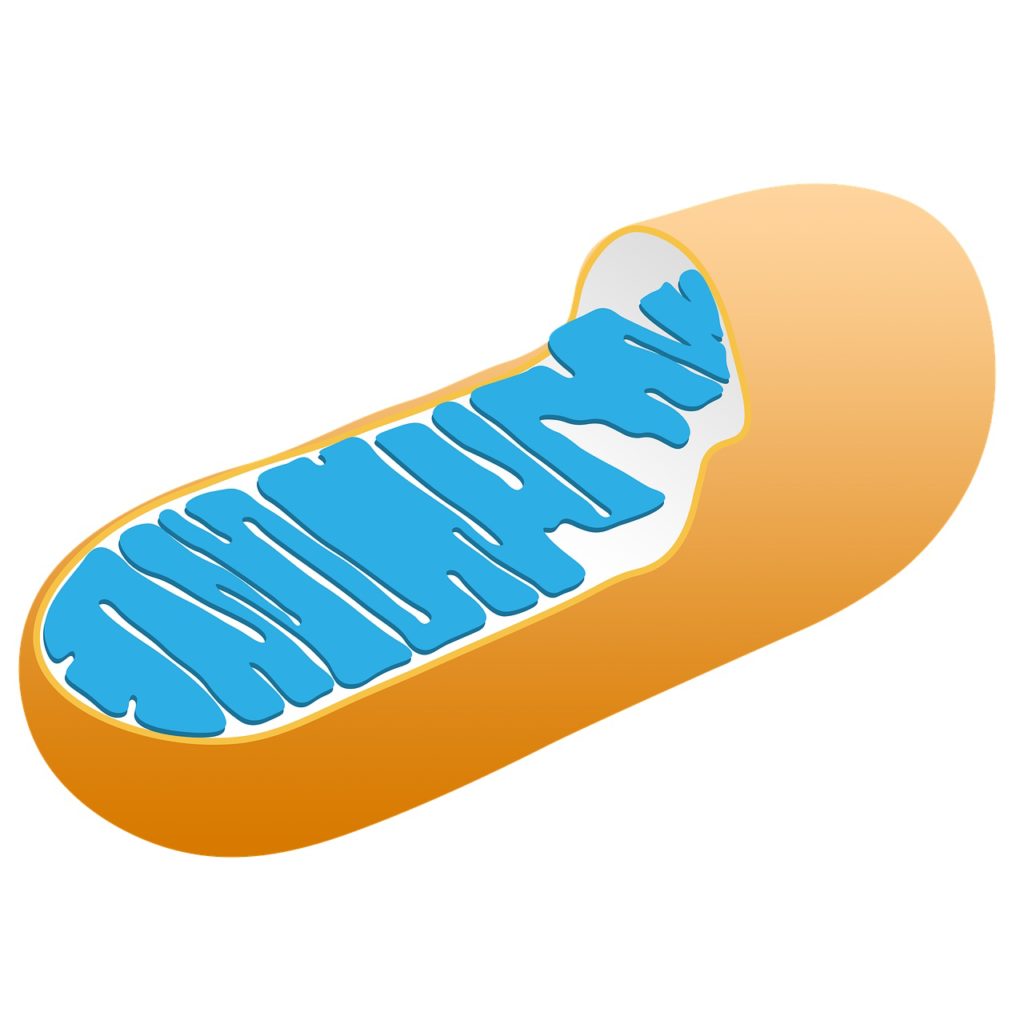 If you want to talk about energy you have to talk about mitochondria. The mitochondria of the cell is THE energy generator in the body.
If you want to talk about energy you have to talk about mitochondria. The mitochondria of the cell is THE energy generator in the body.
Anything that either damages or cuts off the fuel supply of the mitochondria will cause fatigue. These are the two factors that will cause a low supply of fuel in the body.
What Damages Mitochondria?
Many of the same things that are causing a high energy demand in your body are also damaging your mitochondria or cutting off its fuel supply. We're talking about viral infections, mold, and heavy metals. Also chemicals, pesticides, and even medications can also damage mitochondria and choke off its fuel supply.
Heavy Metals
Notice what studies found regarding heavy metal exposure and what it does to your mitochondria and the energy component your cells use as fuel (ATP).
"Arsenic inactivates essential enzymes of mitochondrial function along with binding and depleting lipoic acid in cells, which interferes with the production of ATP, and it can directly bind to and inactivate ATP." 6
"Aluminum toxicity affects glutathione production—the major mitochondrial antioxidant—which is necessary for reversing oxidative stress. Most of the damage by aluminum to mitochondria is caused by aluminum radicals. Aluminum radicals deplete mitochondrial iron content, which leads to generation of free oxygen radicals. These oxygen radicals causes serious oxidative damage, which ultimately kills the cells." 7
"Thallium is a potent mitochondrial poison. It enters mitochondria passively, then causes the mitochondria to swell by accumulating inside. That then causes a decrease in ATP production and increase in reactive oxygen species formation, glutathione oxidation, and in brain decreases in dopamine and serotonin levels." 8
Viral Infections
Many studies have clearly shown the connections between viral infections and their contribution to fatigue. The picture below shows a sampling collage image of some of these studies.
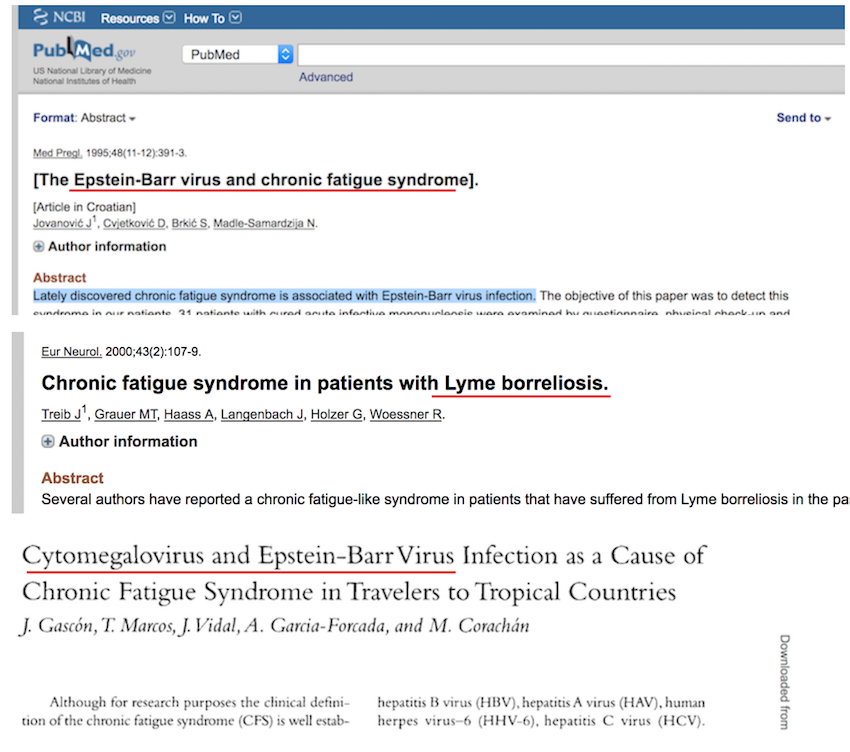
Mold
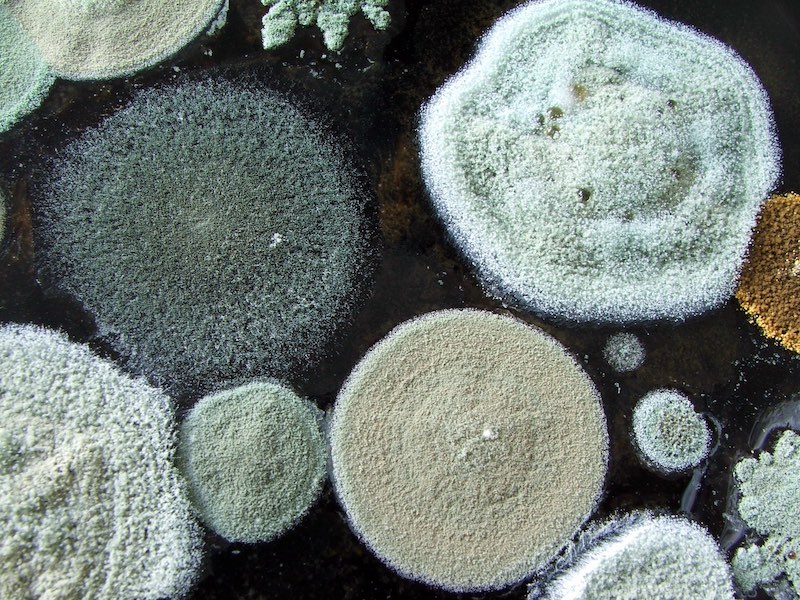
An underlying mold infection can be the sole culprit in causing chronic fatigue. More people are plagued with mold than realize it. A leaky pipe behind a wall or water damage that was done prior to you owning a home. This is a worthy consideration since the largest study ever done on homes and an EPA study on commercial buildings found that over 50% of U.S. homes and 85% of commercial buildings have water damage! 9 10
Also consider what this 2013 study done on fatigue patients found.
“Urine specimens from 104 of 112 patients (93%) were positive for at least one mycotoxin. Almost 30% of the cases had more than one mycotoxin present.” 11
This small sampling in this study makes me think that mold may be a more common factor in fatigue sufferers than most of us realize.
Choking Off the Fuel Supply

There are four steps that need to happen in the cell in order to produce energy (ATP):
Step 1. Glycolysis
Step 2. PDC (Pyruvate Dehydrogenase Complex)
Step 3. Krebs Cycle
Step 4. Electron Transport Chain
All of these steps are complicated and take both fuel and workers to happen.
Imagine this process like an old train engine. There’s the coal that’s burned as fuel and there are the workers that have to constantly scoop the coal into the engine to be burned.
If you're short on either the fuel or the workers your going to have a slow train. It's the same with energy production in your body.
This study from the International Journal of Clinical and Experimental Medicine explains it well:
“As well as food and oxygen the metabolic pathways [energy production] require all the nutrients involved in the production of the large number of enzymes which control the many biochemical reactions involved and all the cofactors needed to activate the enzymes.” 12
In other words, you need food (nutrients) and oxygen to produce and maintain all the enzymes and co-factors necessary to go through these four steps to make energy. To clarify, co-factors are chemical compounds that are like helper molecule assisting in biochemical processes in your body. Some of these co-factors are vitamins.
Causes of Low Fuel
Therefore, if you have a problem in your digestion like SIBO or leaky gut causing malabsorption, you're going to have low fuel.
If you have a blood sugar problem and sugar can’t get into the cells, you're going to have low fuel.
If you're eating low-quality, nutrient-deficient food (standard American diet), you're going to have low fuel.
If you live in a big city or next to a major highway causing there to be less oxygen in the air, you're going to have low fuel.
Needed Nutrients
Research has found that the following nutrients and co-factors are necessary for the mitochondria to function properly.13 14
- ascorbic acid
- α-tocopherol
- B vitamins such as riboflavin; thiamin; and niacin
- creatine
- carnitine
- coenzyme Q10
- melatonin
- nitrate
- lipoic acid
- vitamin E
- vitamin K
- selenium
- taurine
- zinc
Let's make this simple. Instead of trying to memorize this list of nutrients and find all the foods they're in, just eat lots of plants, especially vegetables. That's where they're found. As part of your breakfast have a lots of fruit. Eat a big salad every day to start off your lunch, and have a green smoothy for dinner. Do this and you'll start getting these nutrients.
This is why therapies that involve getting high amounts of plant-based nutrients have been most effective in helping people recover from chronic fatigue. However, for most with fatigue just eating plant-based isn't enough. To get energy back quickly, a focus on juicing fresh vegetables and fruits is necessary. This is part of our five step plan for autoimmune diseases and has helped many people recover from fatigue and get their energy back including myself.
During my worst bout of fatigue, fresh vegetable and fruit juices and herbal liquid iron stopped my fatigue and brought me back to life again.
3. Both (High Energy Demand and Low Fuel Supply)
This is the third and final reason for chronic fatigue. It's a combination of having both a high energy demand combined with a low energy supply. This by far produces the worst fatigue cases and is also the most common reason for fatigue.
I bet if you are reading this article because you have chronic fatigue this could be you.
So it is really that simple. The three reasons for fatigue are a high energy demand, a low energy supply, or the two combined. As we discussed, this can come in a wide variety of forms, however understanding this basic idea can really help in knowing how to overcome fatigue.
So What Do You Do?
1. Find out what’s causing the High Energy Demand.
Ask yourself ...
- Do you have an autoimmune disease?
- Do you have an infection?
- Are you regularly stressed?
2. Find out what’s causing the Low Energy Supply.
Ask yourself ...
- Do you have a digestion issue like SIBO, leaky gut, or acid reflux?
- Is your diet composed of at least 50% vegetables/fruits?
- Do you have a blood sugar problem?
- Do you live in a place with poor air quality like a big city or close to a major highway?
3. Get rid of the things causing a high energy demand and a low energy supply.
Easier said than done, right?
First, you have to stop the autoimmune reaction in your body and kill any infections. Based on what I've seen, once people start reversing their autoimmunity and eliminating the infections they get better. I'll give you some steps below on how to do that.
Good News
Since many of the things that cause a high energy demand are the same things that cause a low fuel supply, you can take care of both of these problems at once.
Let me show you a very simple 1 month plan.
For the first 3 weeks here's the diet:
- Gluten-free
- Dairy-free
- Plant-based/vegan
Meal Schedule:
- Morning: 50% fruit and a gluten-free hot cereal like cooked millet, quinoa, sorghum, brown rice, buckwheat, or amaranth.
- Lunch: Big salad plus beans or lentils, quinoa, and/or sweet potato.
- Dinner: Freshly juiced vegetable juice or green smoothie.
Make sure to have a fresh green juice 3-4 days a week. You can also periodically take a herbal liquid iron on non-juicing days.
Exercise 30 min, 5 days a week. Preferably in the sun and fresh air.
The Last Week:
The last week is a juice fasting detox. You can do the juice fast for either 3, 4, or 5 days. End with 2-4 days of raw foods and very easy to digest cooked plant foods only.
This is where it helps to know exactly what is causing your fatigue.
If you have a heavy metal or mold infection, focus on activated charcoal and nano-zeolite.
If you have a viral or bacterial infection focus on herbs to kill that infection. We have a whole list in our book.
Detox Schedule
For an hour-by-hour detox schedule click here.
For a how-to video on how to detox click here.
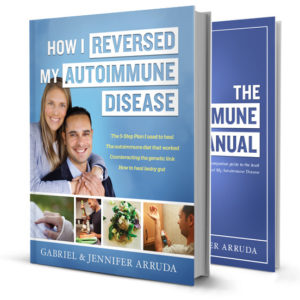 To learn all of the exact details of how I and many others have reversed autoimmune diseases and kill infections purchase our 142-page book that has all the info.
To learn all of the exact details of how I and many others have reversed autoimmune diseases and kill infections purchase our 142-page book that has all the info.
No matter what toxins/conditions you're dealing with, a general cleanse helps everybody if done right.
Prayer for Stress
Lastly, to reduce stress I recommend prayer. There is a God in heaven that loves you and wants you to talk to Him. Maybe you're not a religious person… no problem. You don’t have to be… just pray.
Prayer has delivered me from discouragement time and time again, so I invite all people everywhere to pray to God. His name is Jesus and He loves you. What can it hurt?
Here’s a sample prayer you can pray even now:
"Dear God, Thank you for life today and for wanting me to speak with you. I ask that You please help me walk closer with you and spend time in your Word that I may handle the stressors in my life in a healthier and better way. Thank you for loving me and I ask that you help me to love you too. In Jesus name, Amen."
1. Jovanović J1, Cvjetković D, Brkić S, Madle-Samardzija N. “[The Epstein-Barr virus and chronic fatigue syndrome].” Med Pregl. 1995;48(11-12):391-3.
2. J. Gaschn, ?: Mavcos,J. Vidal, A. Garcia-Forcada, and M. Covachdn “Cytomegalovirus and Epstein-Barr Virus Infection as a Cause of Chronic Fatigue Syndrome in Travelers to Tropical Countries” Journal of Travel Medicine, Volume 2 Number 1
3. Daniel Eymard, MD, François Lebel, MD, Mark Miller, MD, and François Turgeon, RT “Human herpesvirus 6 and chronic fatigue syndrome” Can J Infect Dis. 1993 Jul-Aug; 4(4): 199–202.
4. Treib J1, Grauer MT, Haass A, Langenbach J, Holzer G, Woessner R. "Chronic fatigue syndrome in patients with Lyme borreliosis” Eur Neurol. 2000;43(2):107-9.
5. Brewer JH1, Thrasher JD, Straus DC, Madison RA, Hooper D. “Detection of mycotoxins in patients with chronic fatigue syndrome.” Toxins (Basel). 2013 Apr 11;5(4):605-17.
6. Jia G1, Aroor AR, Martinez-Lemus LA, Sowers JR. “Mitochondrial functional impairment in response to environmental toxins in the cardiorenal metabolic syndrome.” Arch Toxicol. 2015 Feb;89(2):147-53.
7. Haroon Khan, et al. “Effect of aluminium metal on glutathione (GSH) level in plasma and cytosolic fraction of human blood” Pakistan journal of pharmaceutical sciences 24(1):13-8 · January 2011
8. Sergey M. Korotkov “Thallium, Effects on Mitochondria” Sechenov Institute of Evolutionary Physiologyand Biochemistry, The Russian Academy of Sciences,St. Petersburg, Russia
9 Spengler J, Neas L, Nakai S, et al. “Respiratory Symptoms and Housing Characteristics.” Indoor Air 4 (June 1994): 72–82.
10 JR Girman, BJ Baker, LE Burton. “Prevalence of Potential Sources of Indoor Air Pollution in U.S. Office Buildings.” Indoor Air 4 (2002): 438-443.
11 Brewer JH1, Thrasher JD, Straus DC, Madison RA, Hooper D. “Detection of mycotoxins in patients with chronic fatigue syndrome.” Toxins (Basel). 2013 Apr 11;5(4):605-17.
12 Sarah Myhill, Norman E. Booth, and John McLaren-Howard, “Chronic fatigue syndrome and mitochondrial dysfunction” Int J Clin Exp Med. 2009; 2(1): 1–16. Published online 2009 Jan 15.
13 E.Wesselinka, W.A.C.Koekkoek, et al. “Feeding mitochondria: Potential role of nutritional components to improve critical illness convalescence” Clinical Nutrition, 31 August 2018
14 Marriage B1, Clandinin MT, Glerum DM. “Nutritional cofactor treatment in mitochondrial disorders.” J Am Diet Assoc. 2003 Aug;103(8):1029-38.

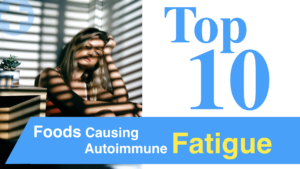


Valuable information and I appreciate access to this reversing autoimmune protocol. Since 2002,
I, too have researched…and have had successes applying many of these same ideas. THANK YOU.
Glad the info is of value to you. Congratulations on your success in applying these ideas! Keep it up!